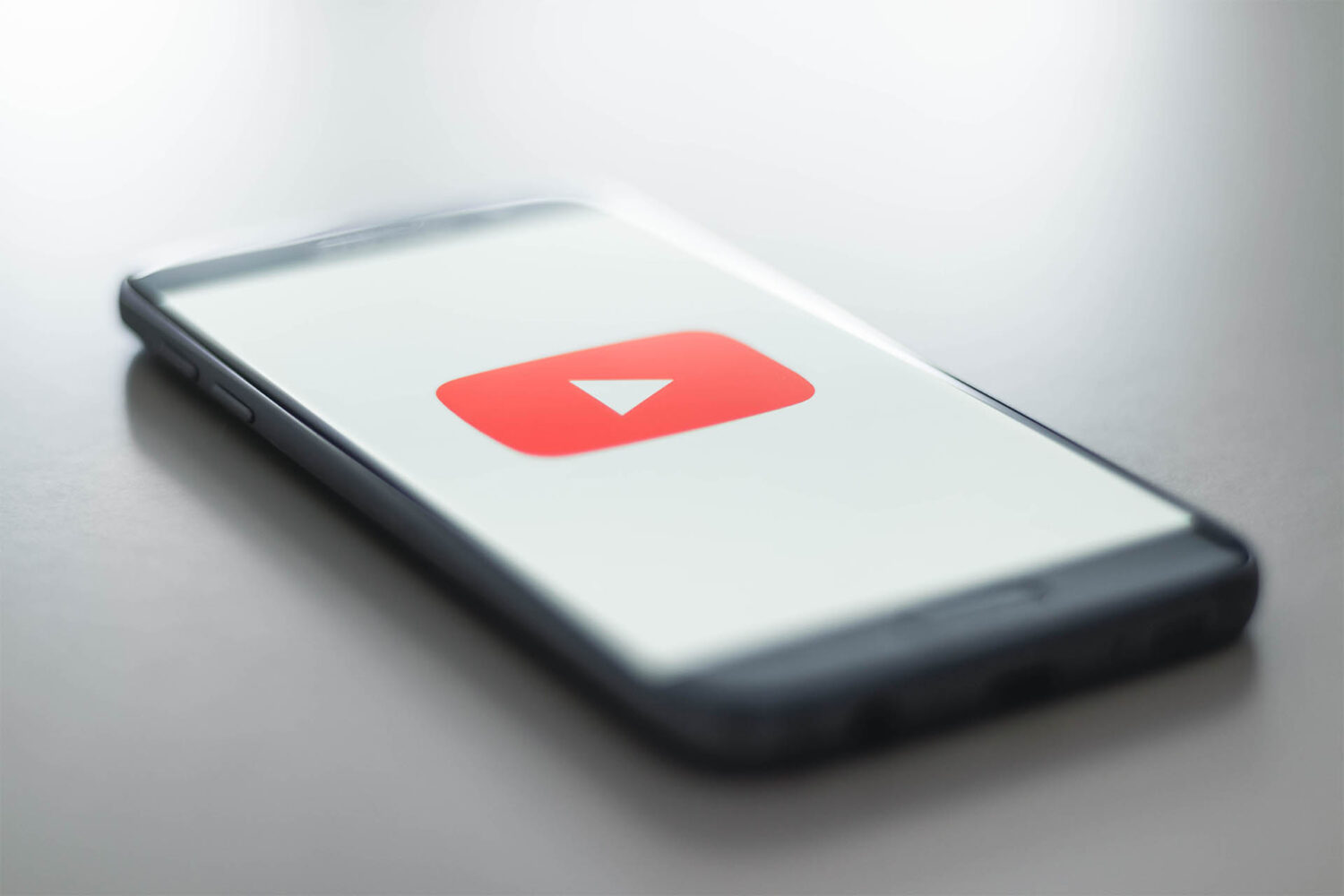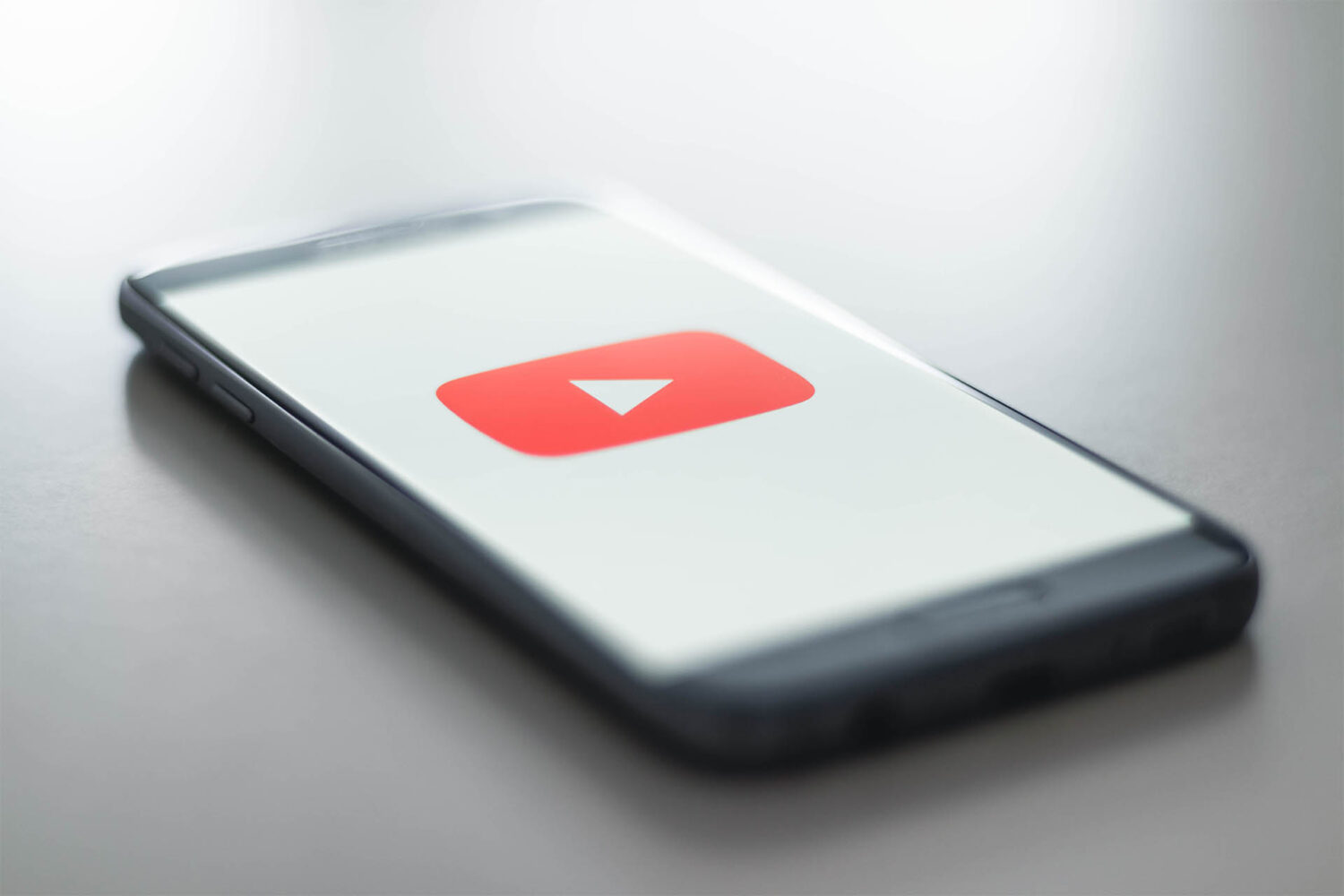Video game content has always been popular on YouTube. From “Let’s Play” gameplay series to E3 presentations to live streaming, there are plenty of ways gaming content is presented.
The looming surge of competitive gaming in esports will only help legitimize the gaming world through valuable exposure, creating an even greater demand for gaming content. Let’s take a look at how gaming content will trend on YouTube heading into the coming years.
Gaming Trends on YouTube
Gaming is already a profitable industry, and it will only continue to grow. According to BestTheNews, the video games market is expected to be worth over $90 billion USD by 2020, up from $78.61 billion in 2017.
The large following that supports the video game industry is heading to YouTube to continue their love of gaming beyond turning on their console. YouTube has the most share of gaming video content viewers, taking up 44% of gaming video content viewers in 2017. There were over 20 million how-to gaming videos in 2017, and more than 40 million hours of gaming unboxing videos watched in 2016.
The stats on YouTube trends in gaming continue to support the platform as the go-to community for gamers:
- 2 of the top 5 most subscribed YouTube channels are gaming related
- 56% of gamers say YouTube is where they connect with their gaming community
- 74% of YouTube gamers watch YouTube videos to get better at games
- YouTube had an estimated 653 million viewers of content related to gaming videos.
YouTube has already established itself as a premier platform for gaming content, and the industry is just starting to gain traction in the mainstream.
The Future of E-Sports
The most exciting aspect of gaming’s upwards trends on YouTube is the budding potential of esports. Professional gaming is just starting to gain global exposure with influential investors, television deals, and team sponsorships. Activision Blizzard signed a multi-year deal with Walt Disney in July to broadcast Overwatch League tournaments across their multiple networks, including ESPN, Disney XD, and ABC.
The heavy investment in esports will drive the industry’s revenue in the coming years:
- esports market revenue is estimated to reach $1.65 billion USD in 2021.
- In 2018, the number of esports enthusiasts is expected to reach 165 million.
So what does all this mean for your YouTube advertising strategy? First, YouTube is already a go-to platform for esports content and professional gamer personalities. Don’t be surprised if YouTube starts inking deals to live stream tournaments. In fact, YouTube signed a deal with Faceit last year to stream their tournaments.
Gaming content is watched by a wide audience that spans all genders and age. The rise of esports will only be beneficial for reaching your audience on YouTube.
YouTube Advertising in the Gaming Industry
As the broadcast exposure increases with gaming and esports, so will the demand for advertising. Advertising currently accounts for the second-biggest revenue stream for esports at $174 million.
With how-to videos, gameplay for new games, professional gaming tournaments, YouTube gaming personalities and more, the market for YouTube gaming content has never been better.
Not only is YouTube full of great content to reach your target audience, but viewers openly welcome video advertising. A survey published by GMR found that 43% of esports viewers appreciate when brands reach out to the gaming world. Another 42% from the same survey appreciate brand marketing through video gaming channels.
Gaming content on YouTube is more than entertainment. YouTube has always been a community for gamers to share their passion with others and connect with fellow gamers. When gaming influencers start getting advertising opportunities, their viewers are appreciative that a member of their community is finding success.
Anything Else About Gaming Trends on YouTube?
Yes! You don’t have to be a video game brand to target your YouTube advertising to gaming channels. Many companies trying to reach a younger target audience use gaming channels in their ad targeting strategy.
In fact, one of Channel Factory’s custom inclusion lists targeting gaming channels garnered a high view rate performance. For more info on how you can successfully targeting gaming channels on YouTube, contact us today!








